I'm trying to achieve automatic gain control in an audio circuit, which requires me to use both diode pins of each amplifier available on the LM13700 chip. The diode pins accept a current (Idiode), which is produced from the rectified and buffered output of the first (top) OTA in the circuit below. I'm concerned that feeding this output to both pins will cause a discrepancy in the current received by both OTAs, simply due to the nature of Kirchhoff's current law and uneven resistances in the connections.
I initially thought that a current buffer/follower would suffice (as seen in the circuit) but now I'm thinking that a current divider (with equal resistances: 1/2x) combined with a current amplifier (2x) is a more reliable solution, but this seems redundant. How would you achieve the simultaneous biasing?

